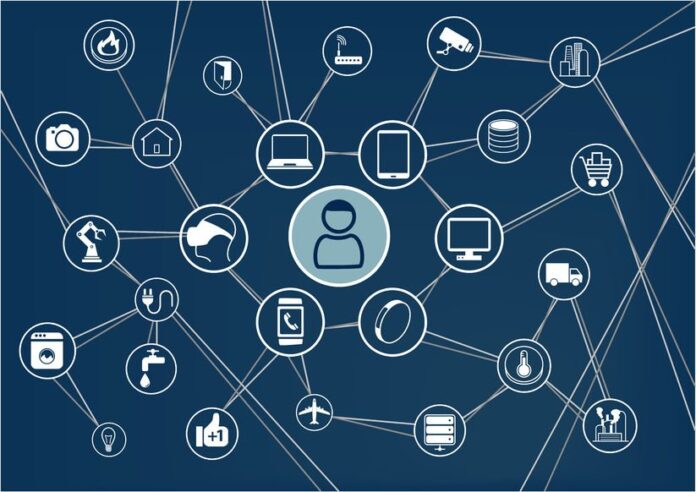Billions of devices are expected to be wirelessly connected as part of the “Internet of Things” evolution – and in order to ensure that they work correctly, these smart meters, smart city sensors, smart fridges, smart vehicles and the like will all need to be tested before they can successfully go to market.
RCR Wireless News gathered five white papers that capture various aspects of IoT testing, from the basics to specific case studies.
Smart Things Need Flexible Test: This presentation from test company Xcerra delves into two case studies for which are developed test solutions: RF system-on-chips and microelectromechanical sensors. IoT end nodes “will integrate multiple functions, including sensors, microcontrollers and RF interfaces, each presenting unique test challenges which are continuously evolving,” wrote author Peter Cockburn, senior product manager for test cell innovation at Xcerra. Cockburn outlines the various types of smart city sensors, industrial sensors and smart home sensors – such as pressure, temperature, humidity, light and chemical sensors – which are expected to form the foundations for IoT sensor applications. Sensors are only one part of the picture, however – microcontrollers and flash memory, and wireless low-power communications, are expected to be the other types of IoT end nodes, in Xcerra’s view.
Testing for IoT — How is it Different?: This publication from Tech Arcis is a good primer for the big points of IoT testing. In particular, Tech Arcis sees a key different in IoT testing being the amount of time devoted to unit testing, component testing and integration and acceptance testing – less than in traditional test approaches, but more time devoted to testing by customers, which can bring glitches and errors to light that a company might not uncover in the lab. Tech Arcis says customer testing is key for IoT testing and companies should build in time and tools for integrating customer feedback, remote debugging and “zero turnaround.”
Testing the Internet of Things: Polarion (in the process of being acquired by Siemens) looks at the software side of testing for IoT devices, noting “security is a fundamental issue with anything connected to the Internet” and “the heavy data-driven nature of IoT products requires modification to business processes: how we collect, test, analyze and manage data.” The company looks at software test management, including traceability and risk assessment, as part of the overall process to ensure that IoT solutions work.
“Users don’t care why an app failed in the connected chain,” Polarion noted. “As they become increasingly accustomed to connected devices and IoT, they will expect the new technology and apps to work flawlessly from the start” – a sentiment echoed in recent research from Argus Insights that found many smart home applications are not particularly pleasing to customers.
Interoperability testing will be a key challenge for smart cities and the IoT. OneM2M, a standards group formed by seven global standards bodies to address technical specs for a common IoT service layer, notes in its white paper on enabling interoperability “the fragmentation of [the] technology landscape creates challenges for [machine-to-machine] and IoT market growth. The emerging need for interoperability across different industries and applications has necessitated a move away from an industry-specific approach to one that involves a common platform bringing together connected cars, health care, smart meters, emergency services, local authority services and the many other stakeholders in the ecosystem.” More on OneM2M’s standards is available here.
For a very specific dive into testing on one particular IoT product, Nest has posted the results of a Split-Spectrum Sensor White Paper on its residential fire alarms and testing done to improve its products. Of particular note, given Tech Arcis’ position mentioned above that testing by and feedback from customers should be integrated into IoT products quickly, is that fact that Nest developed a Steam Check feature based on a built-in humidity sensor and algorithms to reduce false alarms due to shower steam by as much as 57%. Steam Check was developed based on anonymized data from Nest’s installed base of first generation products and the product was introduced last year. Nest also has the original study on testing and development of Steam Check available.
Image: 123RF

